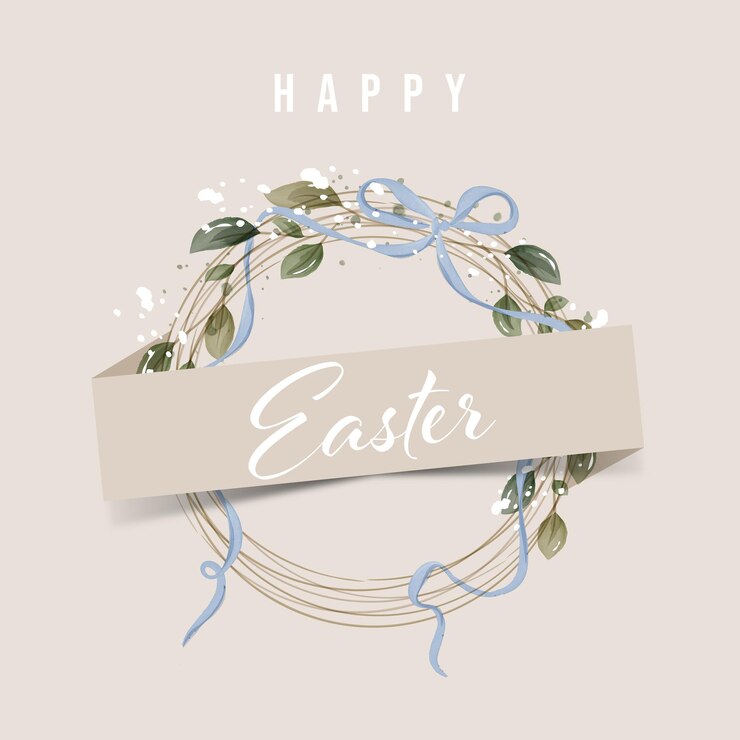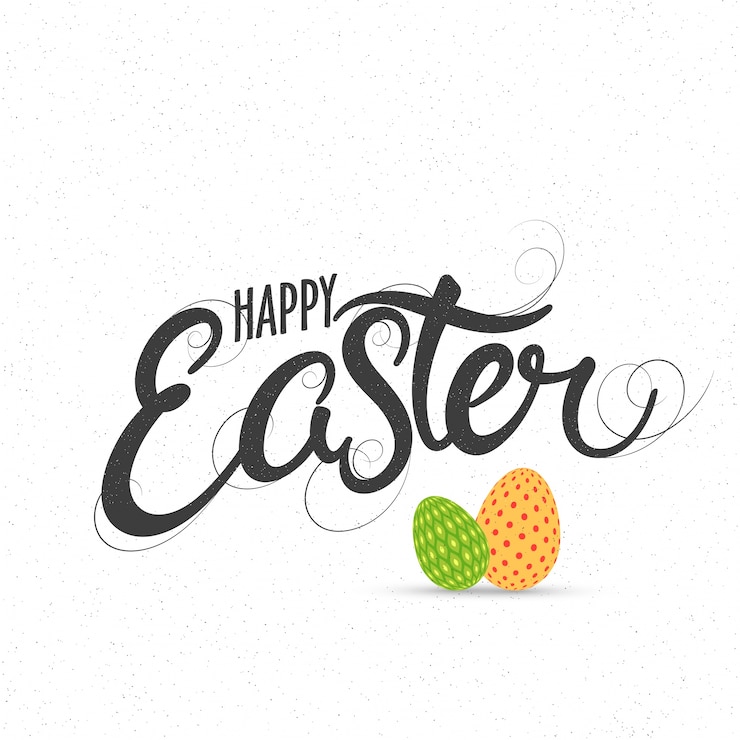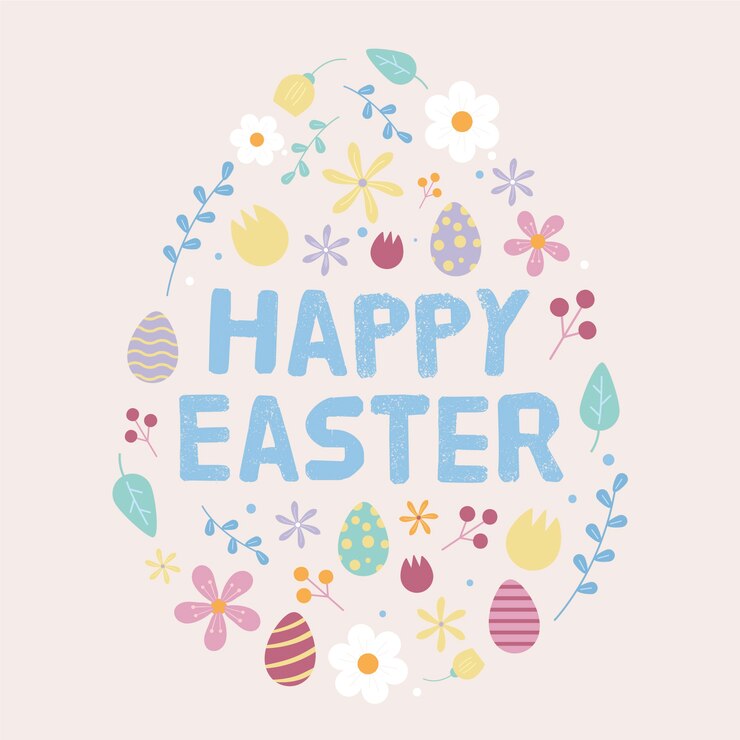Easter Images
These Easter images are ready to spring into action with pictures of decorated eggs, wildflowers, and cute bunnies. Such visuals can aid designers in creating visually appealing marketing campaigns for Facebook and Instagram. Additionally, why not create your brown using the AI Image Generator?

















































